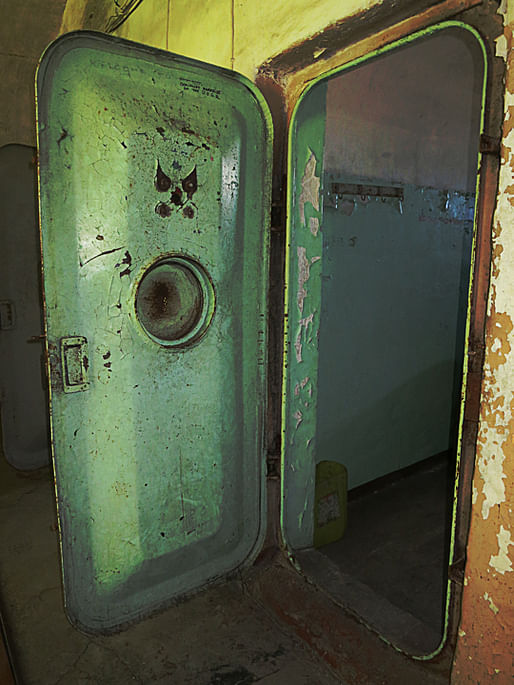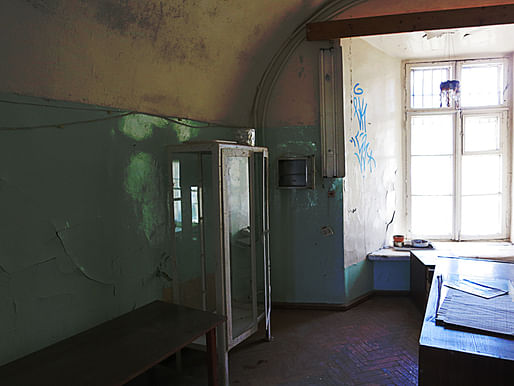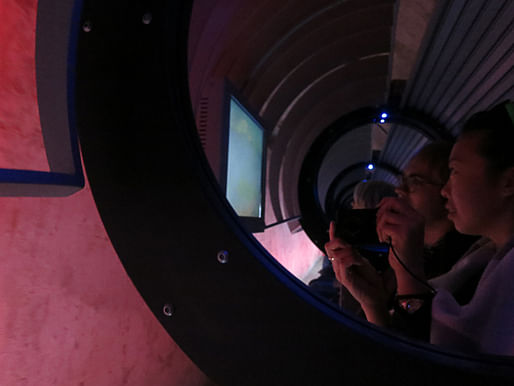
As the country of the midnight sun finally lives up to its name we depart Helsinki with fond memories. With 10 days to get from Helsinki to Barcelona, Spain the whirlwind tour of Eastern Europe begins with a 3 hour ferry ride across the Baltic Sea.
TALLINN, ESTONIA (May 25, 2012)
The immediate impression of Tallinn, especially coming from Helsinki, was a feeling of a long history. Where Helsinki is a relatively young city, established in 1550, Tallinn’s history stretches as far back as 5000 years. However, there has been a long history between the Estonians and the Finns as they are both descendants of the Baltic Finns.
A view of the Stenbock House from the base of the Toompea hill. It is the seat of the Estonian Government.
Located at a strategic point between Russia and Scandinavia, the history of Tallinn is riddled with struggles for independence. There is a very strong Soviet presence that manifests in streets of Tallinn. The struggle culminated on February 24th, 1918 with the signing of the Independence Manifesto. In 1997 Tallinn’s Old Town, including Toompea Hill, were established as a UNESCO World Cultural Heritage site.
Our trip to Tallinn coincided with the Tallinn Treff Festival, a puppet theater held in the town square.
Patarei Sea Fortress and Prison
For the two of us, the Patarei Sea Fortress and Prison was the highlight of Tallinn. There is an understated beauty and intensity to the authenticity of the museum. Touristy attractions lose their charm and meaning with the perpetual murmurings of a crowd or ropes strung across doors. Senses were heightened in the cool stale air of the prison, the quiet echo of footsteps, and the complete freedom to enter the smallest and darkest spaces. 
The building was originally built in the early nineteenth century for Nicholas I. In the twentieth century it was converted into a Soviet prison. When the prison closed in 2005 the building was reopened as a museum with minimal restoration or intervention. The most haunting element of walking through the building was wondering if the prisoner who sat in the cell was a murderer, rapist or merely a political prisoner of the Soviet government subjected to the same treatment as an entrenched criminal.
The cells are still littered with book fragments, the operating rooms have cotton swabs strewn about, and open jars of unidentified liquids remain untouched. 
Reception room to the medical wing of the prison.
Doors in the prison were of all shapes colors and sizes. The one thing they had in common was they were thick, heavy and sent a clear message.
Prisoner bunk beds.
An old medicine cabinent in a doctors office.
No ropes, no signs, no warnings. It would have been possible to crawl over the rubble and lay in that teetering bed.
Bathroom anyone?
Small windows peered out 
A lone intravenous fluid bag hangs from its stand.
The entrance to the operation rooms sent chills down my spine. It was hard to imagine this room was ever steril.
How many patients laid supine on this table wondering if they would ever awake?



The walking yards was a place for prisoners to get fresh air and perhaps relax and stretch their appendages.
However, it was still a strong reminder of where they were.
Self Explanatory.
Tallin City Walls
The first walls surrounding Tallinn were constructed in 1265 under the orders of Margaret Samiria, hence the name Margaret Wall. With the advent of stronger weaponry in the 17th century and expanding cities, medieval walls became obsolete and were torn down for their valuable stone. However, cities that lacked the funds to tear down their walls were forced to expand while leaving the medieval structures untouched.
The old walls and the new markets.
View of the crooked narrow stairs that wind up the tower.
Kiek in de Kök
The Kiek in de Kök tower was originally built in 1475 as an artillery tower. It is now a museum with access to a portion of the large bastion tunnels that weave their ways under the old city of Tallinn. 
The tunnel tour consists of a walk through the history of the tunnels uses over time followed by a kitschy “futuristic” ride in what looks like refurbished tanning beds.
Tallinn Linnahall
Linnahall was built for the Olympics in 1980. It was built in the typical monumental brutalist style and was thought to double as a stronghold for Russia in Estonia if needed.
Tallinn Town Hall Spire
The Tallinn town hall spire framed by an intense blue black twilight sky.
The Broken Bridge
The Broken Bridge is a memorial to the 1994 ferry catastrophe where 852 lives were lost. The ferry “Estonia” sank on a route from Tallinn to Stockholm.
Next stop, Poland.
This work by J.A.Wong is licensed under a Creative Commons Attribution-NonCommercial-NoDerivs 3.0 Unported License.
A new adventure begins as we finish one chapter; we hope to share our story with you. We are graduates of Washington University in St. Louis, Sam Fox School of Design & Visual Arts.
No Comments
Block this user
Are you sure you want to block this user and hide all related comments throughout the site?
Archinect
This is your first comment on Archinect. Your comment will be visible once approved.